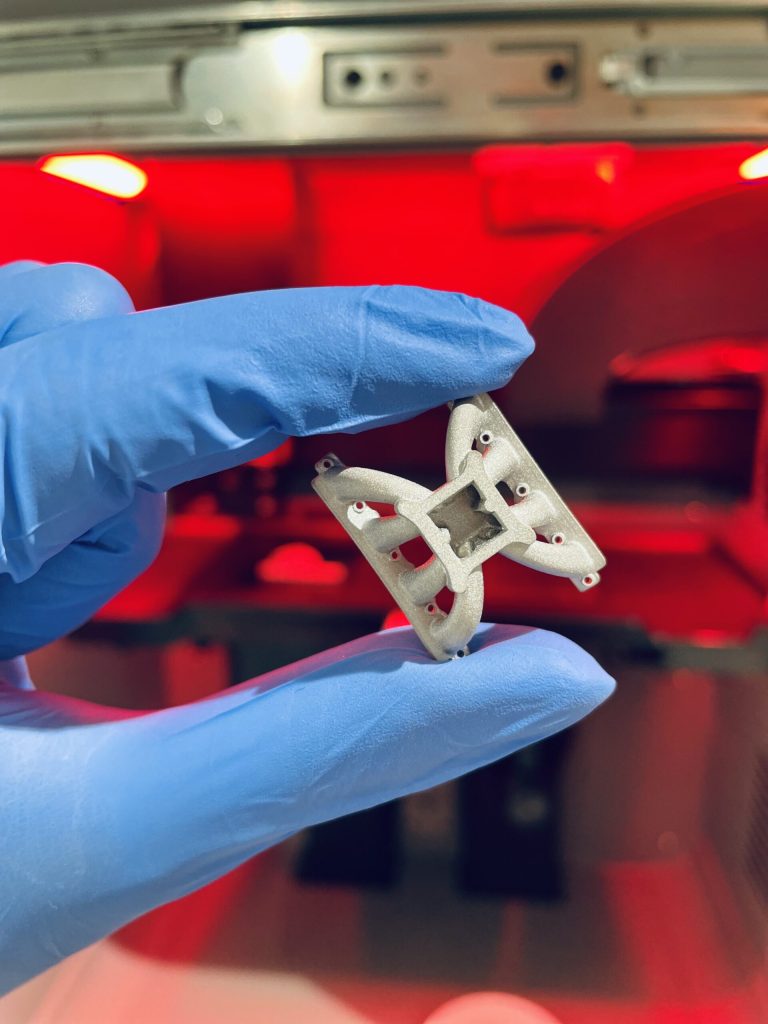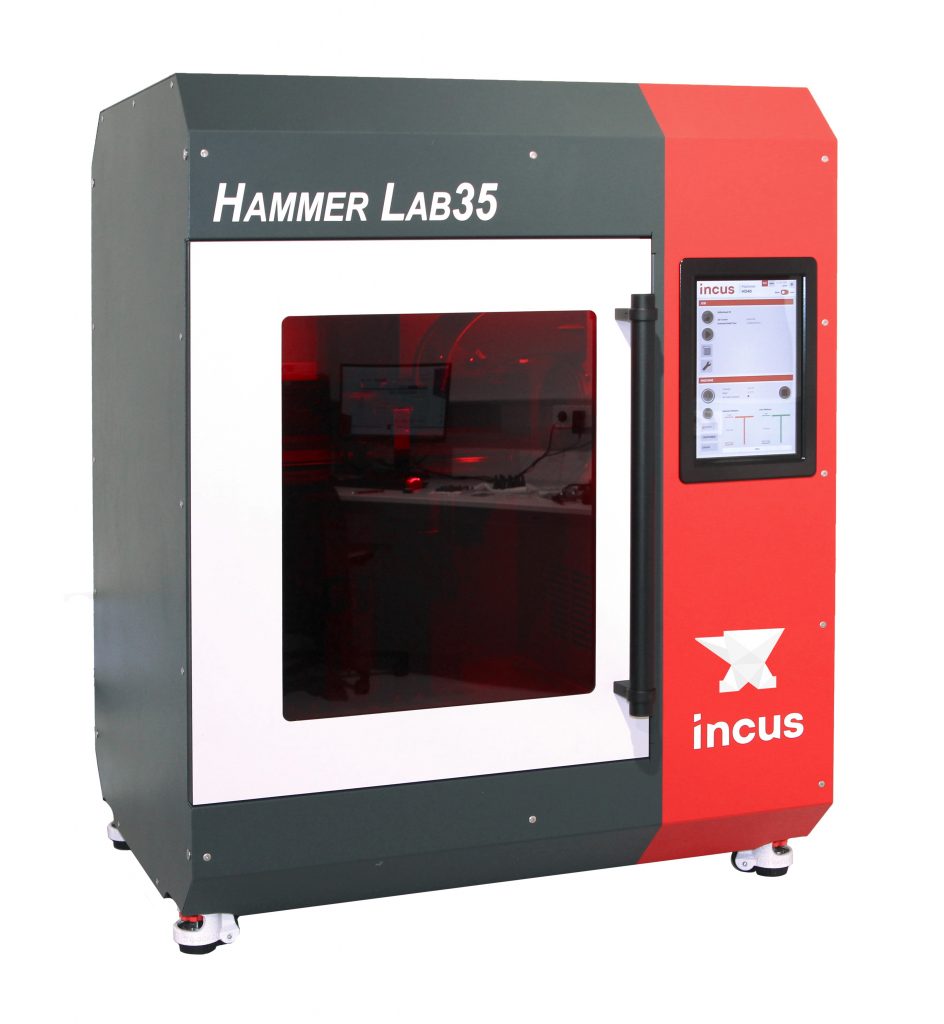Austrian engineering firm and OEM Incus has completed its joint 18-month project that explores the possibilities of 3D printing and zero-waste workflow in the lunar environment.
This project was a team effort involving the European Space Agency (ESA), OHB System AG, and Lithoz. Supported by the ESA and coordinated by OHB System AG, the goal was to investigate whether it is possible to use metal scraps found on the moon (such as debris from previous space missions or old satellites) to produce high-quality 3D printed parts using the Lithography-based Metal Manufacturing (LMM) method. Doing so would aid in improving human settlement on the Moon. The project also considered the possibility of contamination from the lunar soil by using a substitute material (lunar regolith) that mimics the composition of the moon’s soil.
The project aims for a Moon base 3D printing habitat similar to Earth’s, accommodating reduced gravity and radiation shielding. The desired modifications for the 3D printer primarily involved reducing its size and weight to a minimum. “Considering the challenge of bringing humans back to the Moon and building a base, the topic of in-situ resource utilization (ISRU) is gaining significant momentum. Projects like this, recently completed by Incus and project partners, demonstrate that manufacturing methods like LMM are very good candidates to support such an endeavor,” said Dr. Martina Meisnar, Materials and Processes Engineer at ESA.

Sustainable 3D printing on the moon
Utilizing lunar resources and recycling scrap metals are vital for a sustainable Moon base. To achieve this, the LMM method was chosen due to its capacity to 3D print using recycled metal waste while ensuring safety and ease during printing and post-processing. Lunar additive manufacturing faces challenges from the harsh lunar environment, including atmosphere, gravity, temperature, radiation, and potential contamination. However, the Incus 3D printing solution, Hammer Lab35, successfully 3D printed high-quality parts using recycled titanium powder with strength comparable to metal injection molded titanium parts (1000-1050 MPa).
By employing this approach, a sustainable workflow with no waste was encouraged, says the company. Moreover, the project prioritized the creation of an eco-friendly binder and the enhancement of pre- and post-processing methods for 3D printing and testing different prototypes suitable for future lunar applications. The results of this project carry substantial significance for the establishment of sustainable Moon bases and the advancement of space exploration.
“This project has proven that LMM technology is able to use recycled powder for the feedstock material and provide sustainable zero-waste workflow,” said Incus CEO Dr. Gerald Mitteramskogler. “We expect that further developments in metal recycling technologies will open the way to metal materials with more settled sintering processes for the lunar environment.”

Additive manufacturing goes beyond Earth
Texas-based construction 3D printing firm ICON was awarded a $57.2 million contract by NASA to develop an off-world construction system. This contract was part of Phase III of NASA’s Small Business Innovation Research (SBIR) program, and it allowed ICON to build upon its previous work under Project Olympus. ICON says it received nearly $60 million to support its advancements in the mission. As part of the project, ICON collaborated with architecture firms BIG and SEArch+ to develop a new machine capable of 3D printing permanent lunar structures using lunar regolith.
Previously, a 3D printable, reusable launch and landing pad for lunar missions was developed by a team of undergraduate students from ten U.S. colleges and universities, all members of NASA’s Artemis Generation. Referred to as the Lunar Plume Alleviation Device (Lunar PAD), the concept involved addressing a longstanding issue encountered during landing burns. These burns often caused the engine’s exhaust to disturb loose lunar dust, resulting in turbulence. To tackle this challenge, the team developed a novel internal geometry for the Lunar PAD, reminiscent of a mandala, to redirect lunar dust in a controlled and laminar flow. This design aimed to minimize the intensity of dust storms typically triggered by lunar landings. Notably, the Lunar PAD was specifically designed for 3D printing using the available lunar regolith.
What does the future of 3D printing for the next ten years hold?
What engineering challenges will need to be tackled in the additive manufacturing sector in the coming decade?
To stay up to date with the latest 3D printing news, don’t forget to subscribe to the 3D Printing Industry newsletter or follow us on Twitter, or like our page on Facebook.
While you’re here, why not subscribe to our Youtube channel? Featuring discussion, debriefs, video shorts, and webinar replays.
Are you looking for a job in the additive manufacturing industry? Visit 3D Printing Jobs for a selection of roles in the industry.
Featured image shows 3D printed parts by ESA. Image via Incus.



